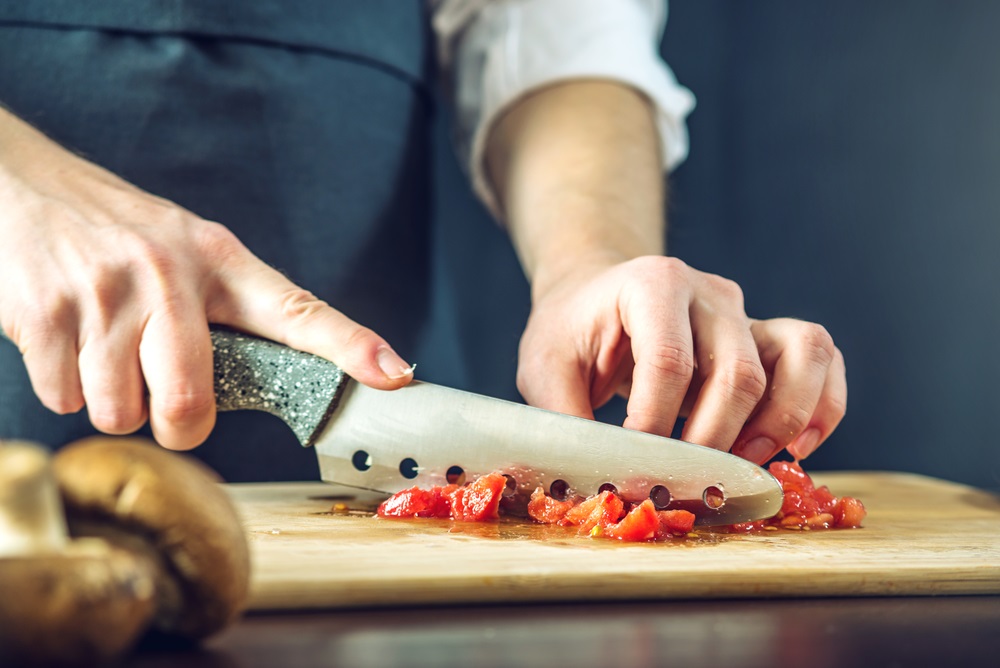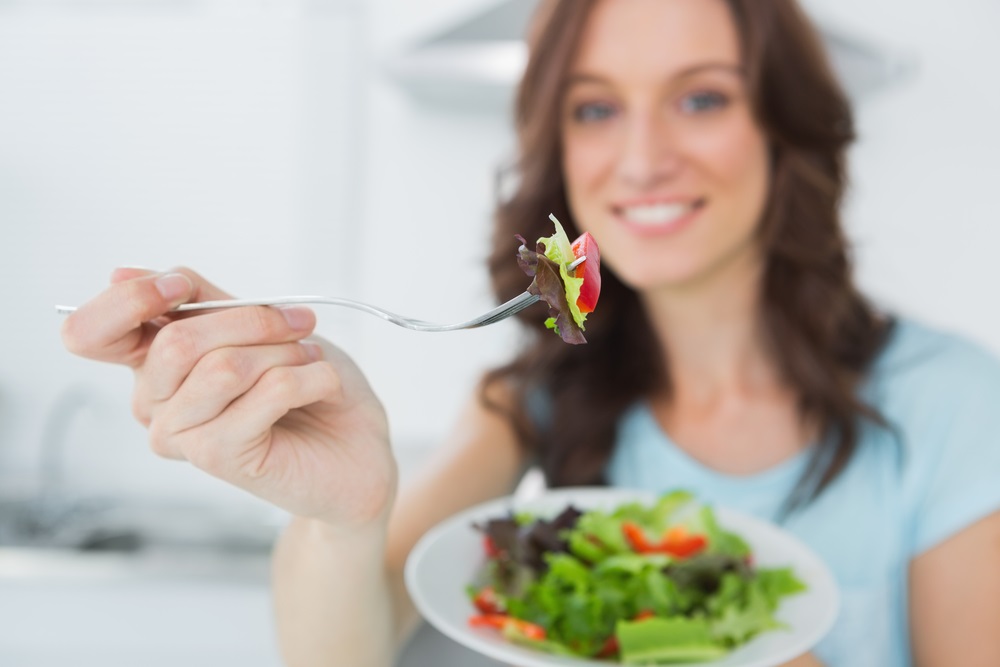- Home
- Blog
- Healthy Cooking
- 6 tips to preserve the goodness in your vegetables
6 tips to preserve the goodness in your vegetables
Written by Catherine Saxelby
on Wednesday, 20 July 2022.
Tagged: canned food, healthy cooking, healthy eating, nutrition, wellness

We all know vegetables are important in a healthy diet. From cabbage to fennel, I love vegetables and try to eat big portions of them at lunch, dinner and in-betweens. But all too often, I find they’re cooked in ways that don’t retain their maximum nutrition. Read on for my six tips to preserve their goodness
My memories as a kid
As a kid, I can remember being served green beans that were sliced in half, cut small and boiled until they were grey, as well as cabbage that looked like sludge – but that was how our parents and grandparents cooked vegies back then. These days, I want my vegies just-cooked still with a bit of crunch and dressed with something to bring out their flavour – a splash of good olive oil or a handful of chopped walnuts does the trick for me.

These quick tips will save you time in the kitchen and keep those vegies from being boiled to death or kept hot for too long:
- Avoid buying vegetables that look “tired” or wilted. Try to use fresh produce soon after buying. Don’t leave it sitting in your fridge for a week before you cook it – its nutritional value would have declined. Tip: I use special plastic bags such as Smart Fresh that extend the life of vegetables, herbs and salads. These are great if you live far away from a produce store or else in the bush.
- Dice or slice vegetables into roughly the same-sized pieces so they cook evenly.
- Try not to peel vegetables such as potatoes, carrots, pumpkins, golden or sweet potatoes and turnips because the nutrients are generally concentrated near the skin.
- Cook vegetables in a small quantity of water for as short a time as possible. I add just enough water to barely cover. Cook until just tender but still firm on the inside or centre when pierced with a sharp knife.
- Once cooked, don’t keep your vegies sitting in hot water for long periods because the heat-sensitive vitamins deteriorate. If you can’t serve them straight away, drain, toss in olive oil, cover and keep them warm. Or microwave for 15 seconds when you’re ready to serve.
- Don’t add bicarbonate of soda to your greens. This was an old-fashioned trick to retain a nice green colour – which it does – but it also destroys the vitamin C and thiamin (vitamin B1).

Steam Cooking
Whether you go for a steamer gadget, double-boiler or just a foldable metal basket inside a pot, steaming is the healthiest way to cook vegetables. It minimises the loss of vitamin C, folate and thiamin (all heat-sensitive); cooks without discolouring or softening the vegies; and needs no fat. It’s healthier than boiling, where nutrients leach out into the cooking water and are discarded.
The key nutrients we get from vegetables
- Vitamin C
This is the most important vitamin we get from vegetables, salads and fruit. It’s fragile and reduced (not destroyed) by heat, which is why you MUST cook vegies as rapidly as possible.
- Folate
This is a B vitamin that prevents birth defects in babies and is needed for healthy blood. Like vitamin C, it’s fragile and heat-sensitive, so make sure you don’t overcook these veg.
- Thiamin
The first of the B-group vitamins, thiamin or vitamin B1 is needed for releasing energy from food and for nerve transmission. Think productivity.
- Vitamin K
A fat-soluble vitamin, vitamin K requires a little fat for the body to absorb it from the digestive tract. This is why it’s a good idea to splash olive oil over vegetables before serving. Vitamin K is used to make proteins that help our blood clot. It also helps to protect your bones from fracture and prevent your arteries from calcifying.
- Bio-active (phyto) compounds
These compounds are why nutritionists say “eat by the rainbow”. You want a variety of different-coloured vegetables on your plate each day. They include lots of diverse compounds such as the large group of polyphenols (think flavonoids and flavonols) and other compounds like carotenoids. They also provide colour – think oranges, reds, yellows and browns.
- Minerals
These include potassium, magnesium and zinc. Potassium is a major mineral available from vegetables, and is needed for fluid balance and muscle regulation. Magnesium provides structure for the bones and zinc aids in the healing of cuts.
- Fibre
When it comes to fibre, most of us think of bran breakfast cereal or baked beans, but there’s heaps of fibre in vegetables, too. You only have to think of cauliflower, cabbage and Brussels sprouts to know what I mean.
The bottom line
I’ll wager that ONE of these tips rings a bell for you. And, of course, you’ll want to experiment with different ways to retain the goodness yourself. Which is great. Go for it!
Related links / External websites
This post was first published in my book: The Super Powers of Veg. You can access it here.
Foodwatch
The Good Stuff
The Boring Stuff
© 2025 Foodwatch Australia. All rights reserved
Website by Joomstore eCommerce





